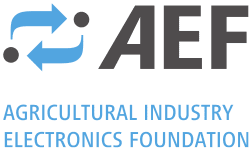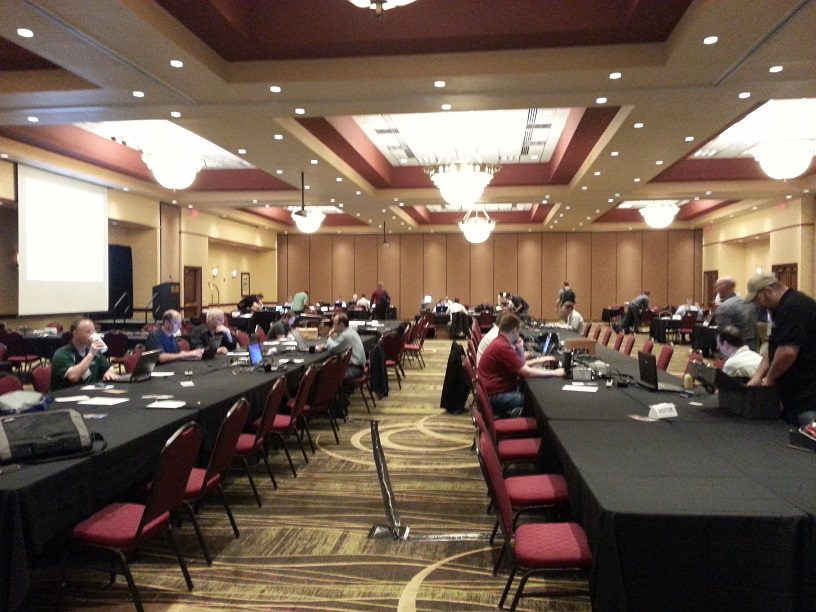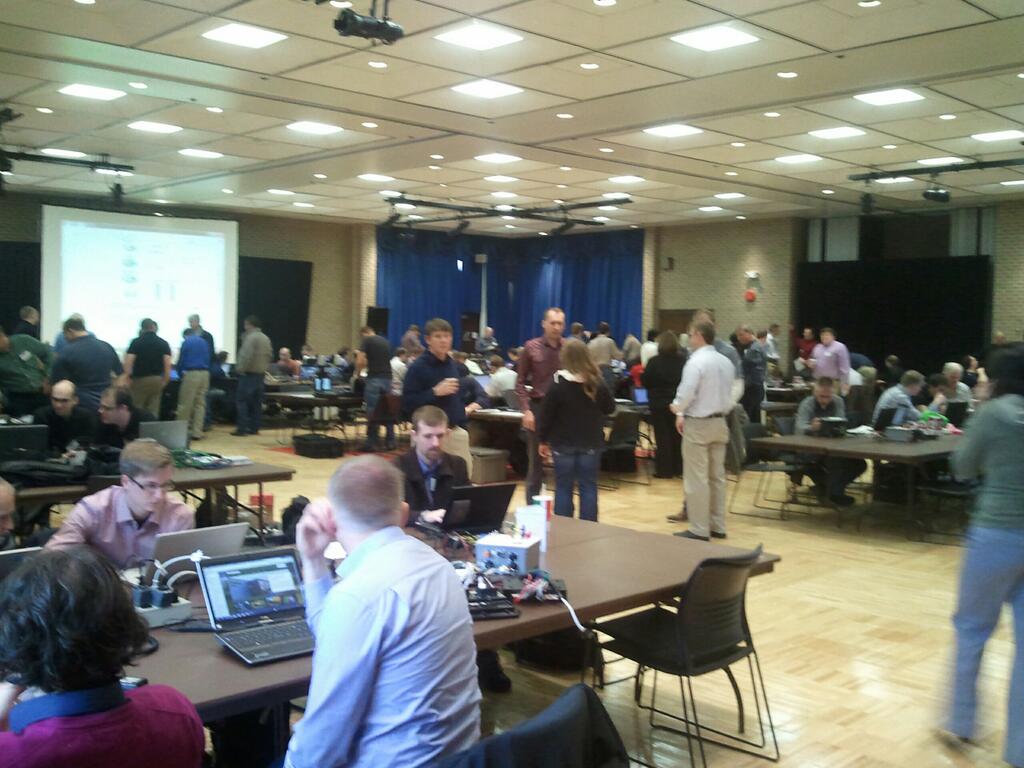AEF ISOBUS Conformance Testing
The new AEF ISOBUS Conformance Test was officially unveiled in September 2013. It is closely tied to the AEF concepts of ISOBUS Functionalities and the AEF Database. These 3 new concepts were created to address a lack of clarity with the previous AEF certification from DLG. The DLG stamp of approval indicated that a device was ISOBUS certified, but it only tested for the Virtual Terminal capability and gave no indication about other capabilities.







